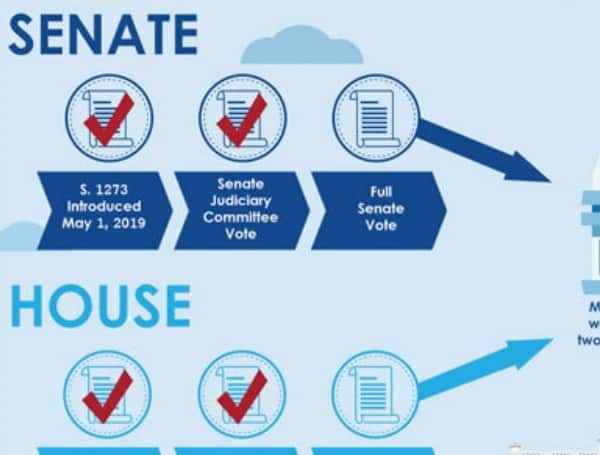This is an article in the continuing series of learning about the Constitution and our rights as American citizens.
This will give you a basic understanding of the House of Representatives and the Senate, which together make up the Congress of the United States.
Article One Section Two of the Constitution:
This section goes over the qualifications for a person to become a member of the House of Representatives. . . which is at least 25 years old, an American citizen for 7 years, and a resident of the state which elects him/her. Currently there is one representative for every 600,000 people. There are 435 members total in the House.
This article of the Constitution gave the country the ability to tax but by population numbers only. Taxes would be levied and collected in proportion to the population numbers. The more people, the more tax, the less people, less tax. The Founding Fathers wanted people to tax themselves and to have the same amount of tax per person, not according to how much land a person owned or how rich that person was, etc.
Later, “indirect taxes” and Income tax was added.
This article says that the House itself chooses the Speaker of the House, and the Speaker has the power of impeaching a President, if they do not like what he/she is doing.
Article One Section Three of the Constitution
This section establishes the Senate. The Senate is composed of 100 senators, two from each state, and one third of the Senate is elected every two years. A senator must be at least 30 years old, an American citizen for 9 years and a resident of the state he/she is representing. The Vice President of the United States is the President of the Senate and has no vote, unless the Senate is tied on a vote 50-50.
The Senate tries any impeachments brought by the House of Representatives.
The Senate was created to protect the liberties Tof people . . . the first danger of democracy is mob rule. The idea was the Senate could stand above a mob. Currently, our Senators are elected by the people, so the element of mob thinking can still be a threat. (Originally the senators were chosen by the State only.)
The Constitution set up a federal government. A national government is not the same as the federal government. A federal government gives power to the states, to local areas, AND to the overall nation. A national government is part of a federal government. This is another example of dividing power. Living in Florida you will have different laws to abide by than you would in let’s say, California, as an example. States do not entirely lose their power and can enjoy a certain degree of independence, maintaining separate laws, traditions, and habits. The national or central government has authority over the defense, security, foreign policy, international relations, starting or ending a war, currency, and the military.

